Thermal bridges

Table of Contents
Home Journey - This article is part of a series.
Structural steel #
Here is a photo during construction showing some structural steel.

Some of the more obvious structural steel elements that cause thermal bridging issues
Because these elements are not covered by any insulation, they efficiently conduct heat between inside and outside. Steel is about 500 times more conductive than timber.
Inexplicably, the building code and NatHERS star ratings do not even attempt to account for this.
The most obvious structural steel elements are around the high windows and shutters on the east and west sides of the house. Here is one example, a high shutter in the Study:
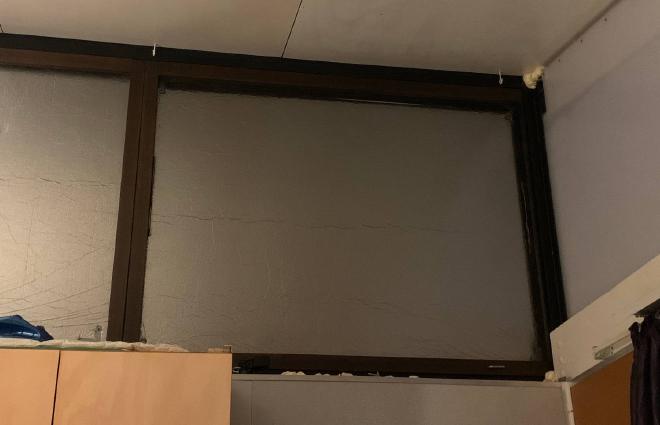
and in infra-red, you can see thermal bridging in action:
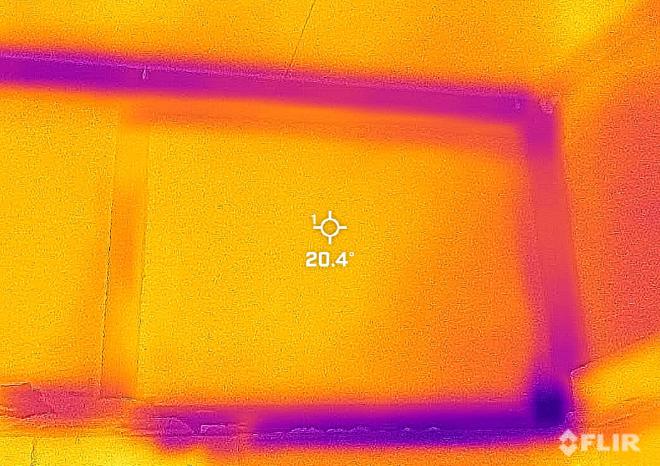
There’s not much more to say. I do not know of a good way to fix this. Only one of the thermal bridges I was able to treat: a steel pole in the Family room. I was able to cover it with a foam tape.
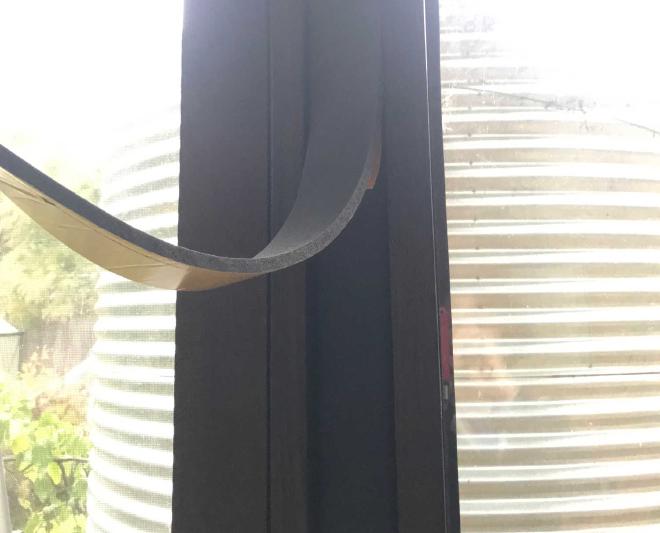
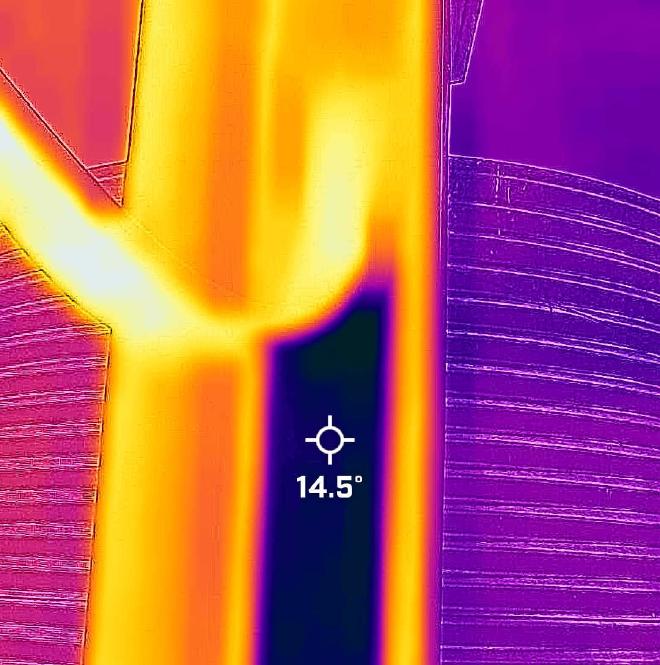
This is not much in terms of insulation, but at least shields the cold surface.
Aluminium trim #
Some of the walls are lined with Durra Panel (straw board) internally. These are edged all around with aluminium angles. It looks great but the aluminium acts as a thermal bridge (like an aluminium framed window), bypassing the insulating strawboard panel.
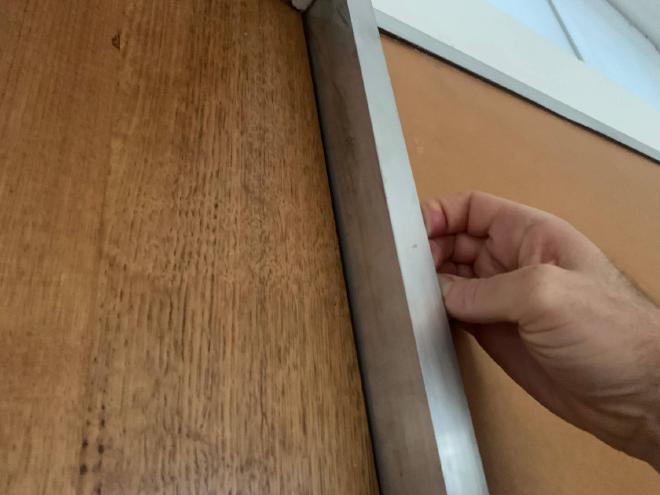
Similar aluminium angles are used on the floorline around the edges of the concrete slab.
